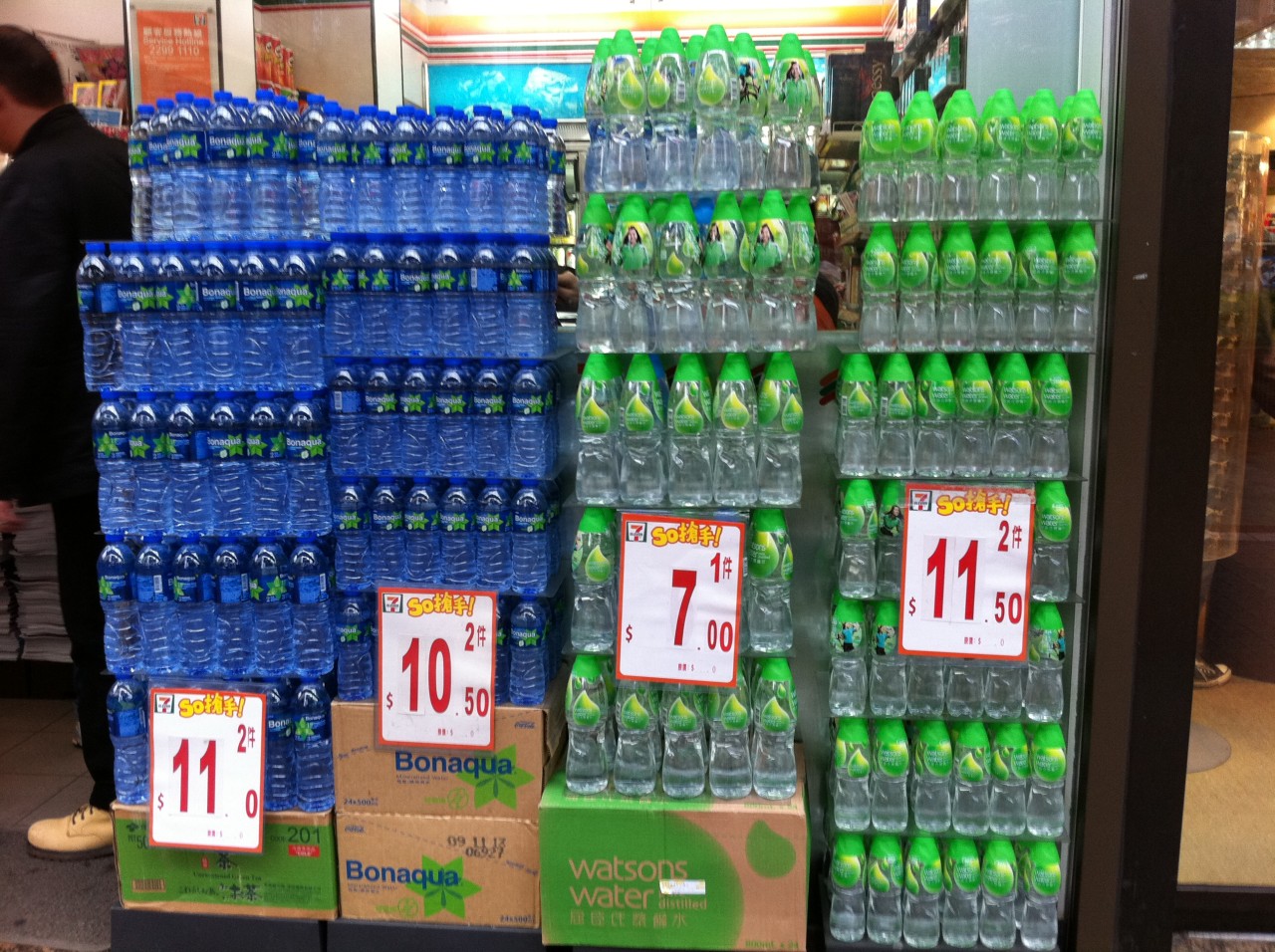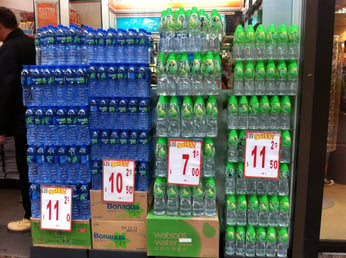
i2O prices down, water tariffs up
While i2O is busy reducing its prices, some water utilities are putting prices up. That’s not always going down well.
 Singapore is putting its water prices up for the first time in 17 years. For 10 years on the trot its citizens have been persuaded to use less water in the national interest but last year finally saw an increase in average usage suggesting that tactic has run its road. Where next in a country that is seeking long-term security of supply which includes an end to a dependence on Malaysia? Linggiu Reservoir in Johor province currently supplies Singapore with up to 250 million gallons of water a day, more than half of total demand.
Singapore is putting its water prices up for the first time in 17 years. For 10 years on the trot its citizens have been persuaded to use less water in the national interest but last year finally saw an increase in average usage suggesting that tactic has run its road. Where next in a country that is seeking long-term security of supply which includes an end to a dependence on Malaysia? Linggiu Reservoir in Johor province currently supplies Singapore with up to 250 million gallons of water a day, more than half of total demand.
The cost of that independence is a greater reliance on desalination – the most expensive way to supply water – on top of the need to renew ageing infrastructure (1 of the 6 key drivers of change in the sector that i2O has identified). Two desalination plants currently supply around 100 million gallons of water a day, 25% of total demand, with an aim to increase that to 30% by 2030.
Water prices are generally high compared to other countries in the region but are still relatively low when compared to Australia and Europe. Nonetheless, increases of up to 50% will not go unnoticed. We often cite Singapore as a unique country. It is a city state with a compliant culture. It communicates clearly and fully to its citizens why price increases are required. It’s unlikely that the change will result in any unrest.
Saudi Arabia is a country wrestling with an existential crisis. In light of falling oil prices it has recognised that its dependence on oil is not sustainable in the long-term. Deputy Crown Prince Mohammed bin Salman – King Abdullah’s son and second-in-line to the throne – is leading the biggest shake-up of the economy since Saudi Arabia’s founding. Not all of that process is running smoothly.
Saudi Arabia’s water minister Abdullah Al Hasin was sacked after public complaints over water tariffs which increased by up to 500% in less than 6 months. Prince Mohammed said that the ministry’s implementation of the new water tariff was "unsatisfactory".
It’s worth noting that Saudis used social media to express their dissatisfaction which was picked up by the consumer protection association who in turn asked the government to re-evaluate the decision to increase prices. More demanding customers is 1 of the 6 key drivers of change in the water sector which i2O has identified. Given that a survey of young Arabs found that around 90% want sector subsidies to continue there may be wider issues in play that could be a threat to the Gulf Arab monarchies.
Mr Al Hasin was presumably wrestling with a conundrum: the Saudi government has cut utility subsidies as part of its program of reducing expenditure; but the nationally critical water sector is under-invested (availability of capital is another of the 6 key drivers of change in the sector that i2O has identified). Al Hasin’s suggestion that people apply for permits to dig their own wells probably wasn’t a tactful response to their complaints.
i2O sees a valuable role for smart networks in addressing challenges faced by the water sector. Whilst price increases are unpopular (and could lead to social unrest), and major investment programs take large amounts of money and a long time to deliver, smart networks are relatively inexpensive and deliver almost immediately. A cost of millions rather than billions and a benefit achieved in weeks rather than years add up to an ROI that can be measured in months. As i2O continues to reduce its prices, this equation gets ever more compelling.
Attribution:
Image By Hangstonugheo (Own work) [CC BY-SA 3.0 (http://creativecommons.org/licenses/by-sa/3.0)], via Wikimedia Commons
Tags: Blog, Industry Challenges, Public Policy & Regulation, Asia Pacific, Middle East